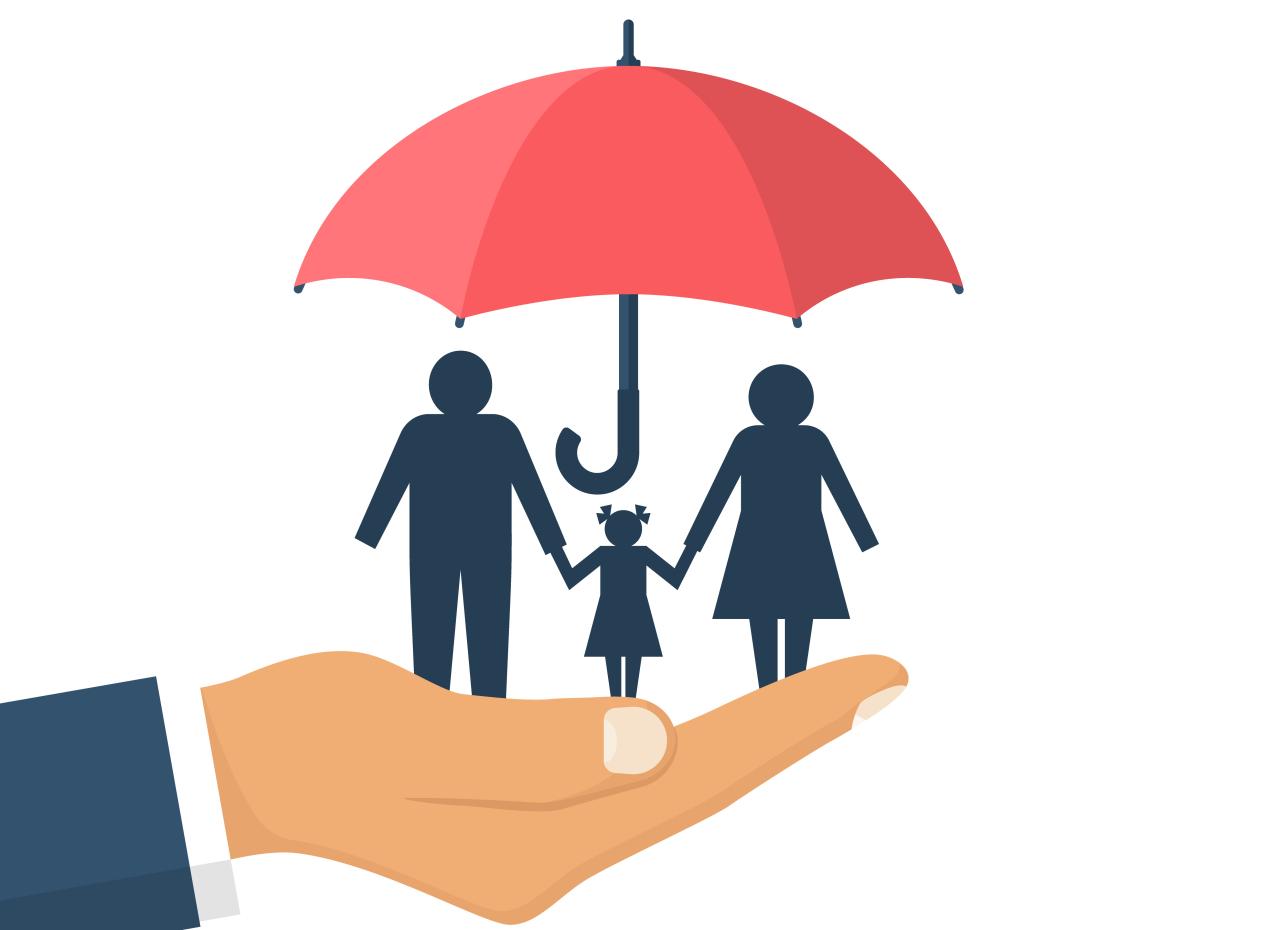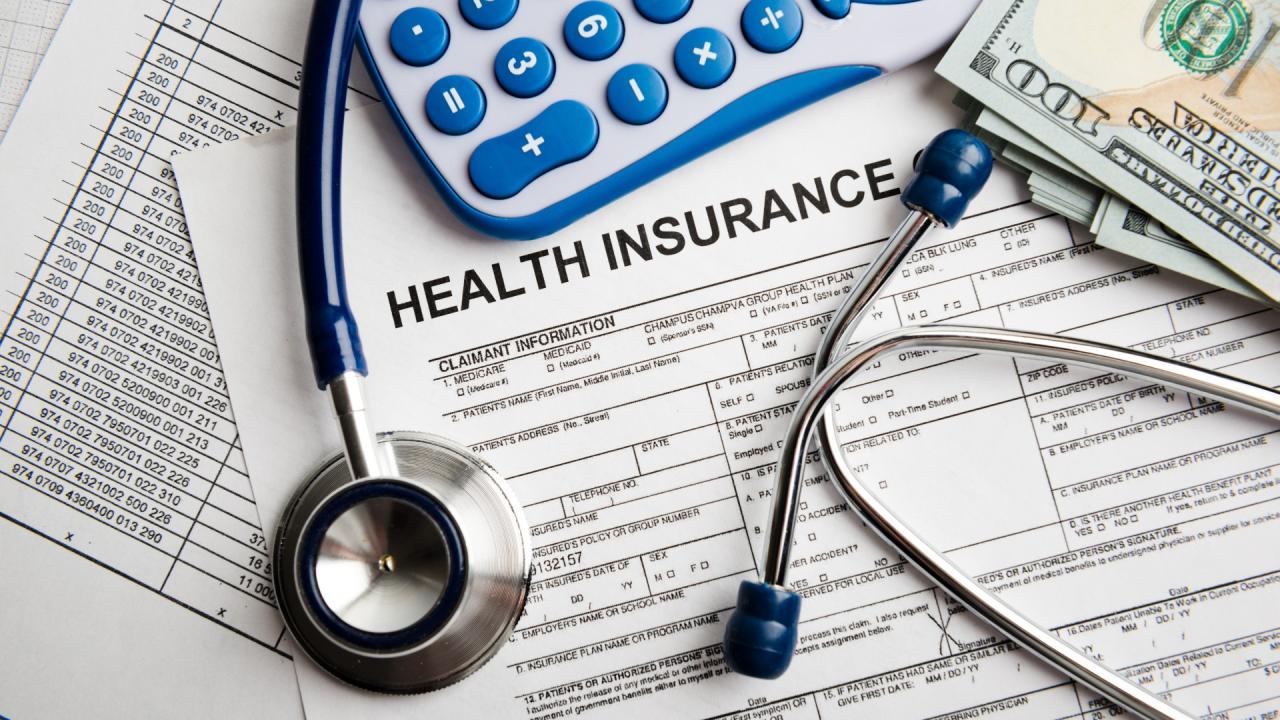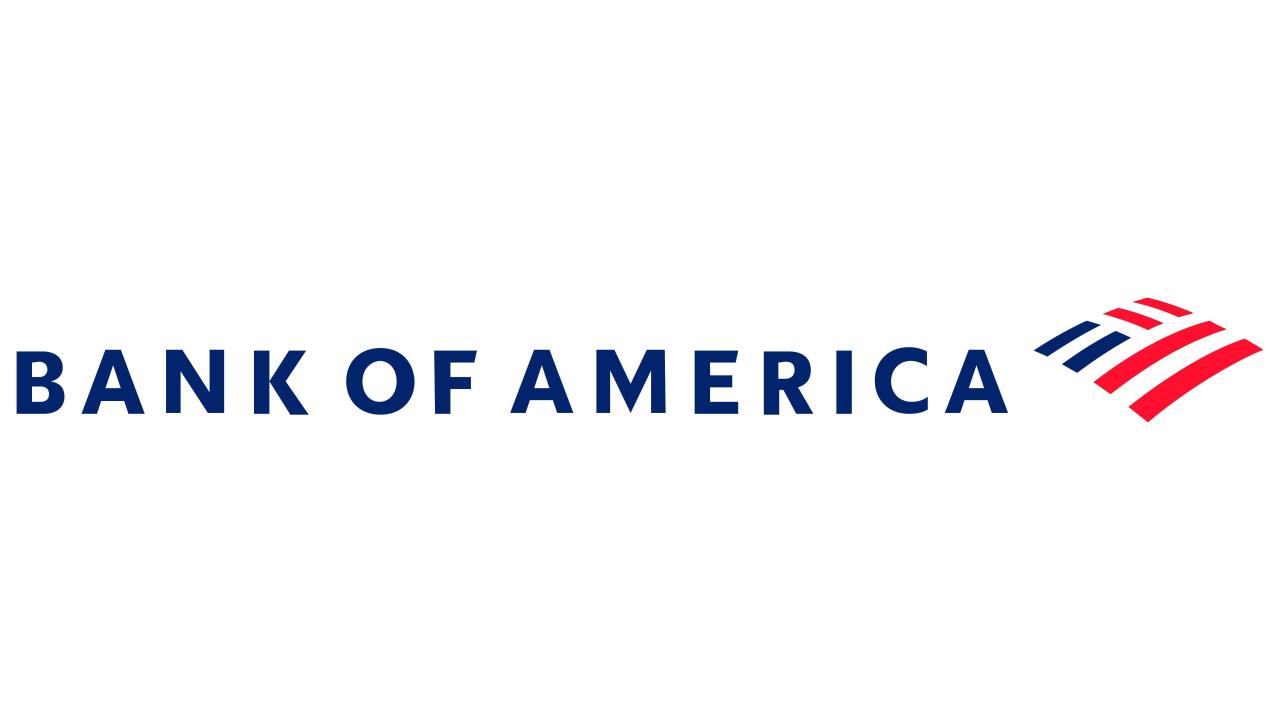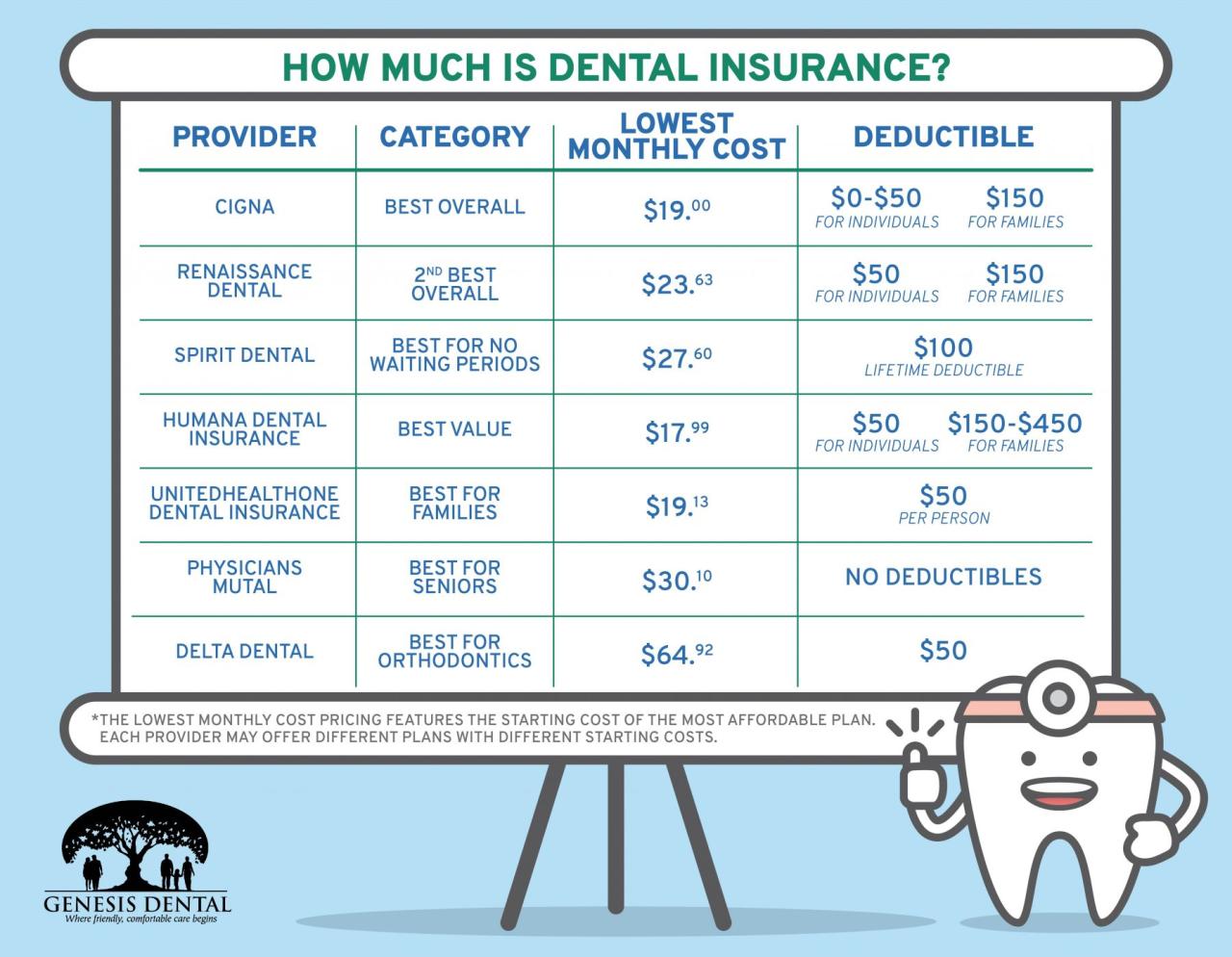Liability car insurance is your safety net on the road. It protects you financially if you’re responsible for an accident, covering costs like medical bills and property damage. It’s a legal requirement in most places, and it’s crucial for peace of mind while driving.
Understanding the different types of liability coverage, how claims work, and the factors that affect your premiums is essential for making informed decisions about your insurance. This guide will help you navigate the complexities of liability car insurance and choose the right coverage for your needs.
Understanding Liability Car Insurance
Liability car insurance is a crucial aspect of responsible driving and financial protection. It safeguards you from significant financial burdens in the event of an accident where you are at fault. Understanding the fundamentals of liability car insurance is essential for every driver, ensuring peace of mind and responsible financial management.
What is Liability Car Insurance?
Liability car insurance is a type of coverage that protects you financially if you cause an accident that results in injury or damage to another person or their property. It covers the costs associated with the other party’s injuries, medical expenses, property repairs, and legal fees.
Essentially, it helps you pay for the damages you’ve caused to others.
The Purpose and Importance of Liability Car Insurance
Liability car insurance serves as a vital safety net, shielding you from potential financial devastation in the event of an accident. Without adequate liability coverage, you could face substantial financial consequences, including:
- High medical bills for injured parties
- Costly repairs or replacement of damaged property
- Legal expenses for defending against lawsuits
- Potential financial ruin if your assets are at risk
Liability car insurance provides peace of mind, knowing that you are protected from catastrophic financial losses if you are involved in an accident where you are deemed responsible.
Types of Liability Coverage
Liability car insurance encompasses different types of coverage to address various aspects of accidents. These types of coverage work together to provide comprehensive financial protection.
Bodily Injury Liability
Bodily injury liability coverage protects you against financial claims for injuries sustained by others in an accident you cause. It covers medical expenses, lost wages, and pain and suffering for the injured parties.
Property Damage Liability
Property damage liability coverage protects you against financial claims for damage to another person’s property in an accident you cause. This includes damage to vehicles, buildings, fences, and other property.
Coverage Limits
Liability car insurance policies have coverage limits, which are the maximum amounts your insurance company will pay for covered damages. These limits are typically expressed in dollar amounts per person and per accident. For example, a policy might have a limit of $100,000 per person and $300,000 per accident.
If the total damages exceed the coverage limit, you will be personally responsible for the remaining costs.
How Liability Insurance Works
Understanding how liability insurance works is crucial for navigating the claims process and ensuring you receive the coverage you need.
The Claims Process
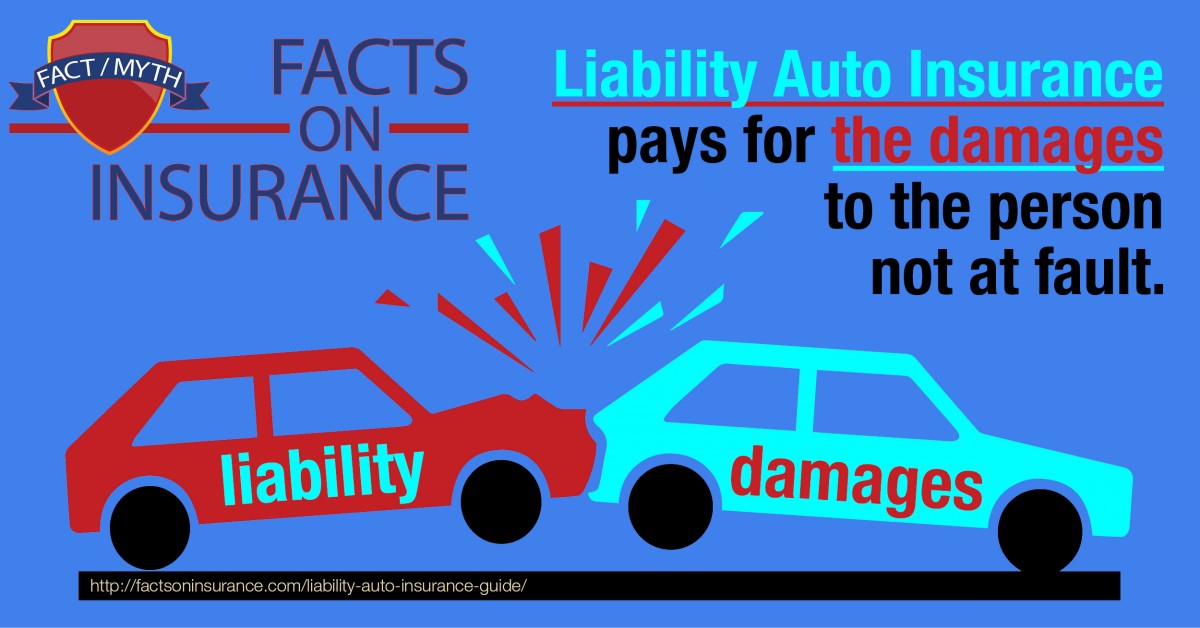
If you are involved in an accident and are at fault, the following steps Artikel the claims process for liability car insurance:
- Report the accident:Contact your insurance company immediately after the accident to report the incident.
- File a claim:Your insurance company will guide you through the claims process, which involves providing details about the accident, the injured parties, and the damages.
- Investigation:Your insurance company will investigate the accident to determine liability and the extent of damages.
- Settlement:If your insurance company determines you are at fault, they will negotiate a settlement with the injured parties or their insurance company.
- Payment:Once a settlement is reached, your insurance company will pay the agreed-upon amount to the injured parties or their insurance company.
The Role of the Insurance Company
Your insurance company plays a crucial role in handling accidents and claims. They investigate the incident, assess liability, negotiate settlements, and make payments to the injured parties. They also provide legal representation if needed.
Examples of Liability Insurance Coverage
Here are some examples of situations where liability insurance would be used to cover damages:
- Rear-end collision:If you rear-end another vehicle, causing injury to the driver or passengers, your liability insurance would cover their medical expenses and other related costs.
- Hit-and-run:If you hit a parked car and leave the scene without reporting the accident, the other driver’s insurance company could file a claim against your liability insurance.
- Property damage:If you cause an accident that damages a building, fence, or other property, your property damage liability insurance would cover the repairs or replacement costs.
The Importance of Adequate Coverage
Having sufficient liability coverage is crucial to protect you from significant financial risks in the event of an accident.
Consequences of Insufficient Coverage
If your liability coverage limits are too low and the damages you cause exceed those limits, you could face severe financial consequences. This could include:
- Paying out-of-pocket for damages:You could be responsible for paying the difference between the damages and your coverage limits.
- Legal judgments:You could be sued and held liable for the full amount of damages, even if it exceeds your coverage limits.
- Garnishment of assets:If you cannot afford to pay the damages, your assets, such as your home, bank accounts, and investments, could be seized to satisfy the judgment.
- Loss of driving privileges:In some cases, you could lose your driving privileges if you are unable to pay for the damages you caused.
Financial Risks Associated with Inadequate Insurance
Insufficient liability coverage can lead to significant financial burdens and even bankruptcy. It is essential to ensure that your coverage limits are high enough to protect you from catastrophic financial losses.
Examples of Insufficient Coverage Scenarios
Consider these scenarios where inadequate coverage could lead to significant financial burdens:
- Serious injury accident:If you cause an accident that results in a serious injury, the medical bills and lost wages for the injured party could easily exceed $100,000. If your liability coverage limit is only $50,000, you would be responsible for the remaining $50,000.
- Multiple vehicle accident:If you cause an accident involving multiple vehicles, the total cost of repairs and medical expenses could be very high. If your liability coverage limit is too low, you could face significant financial losses.
Factors Affecting Liability Insurance Premiums: Liability Car Insurance
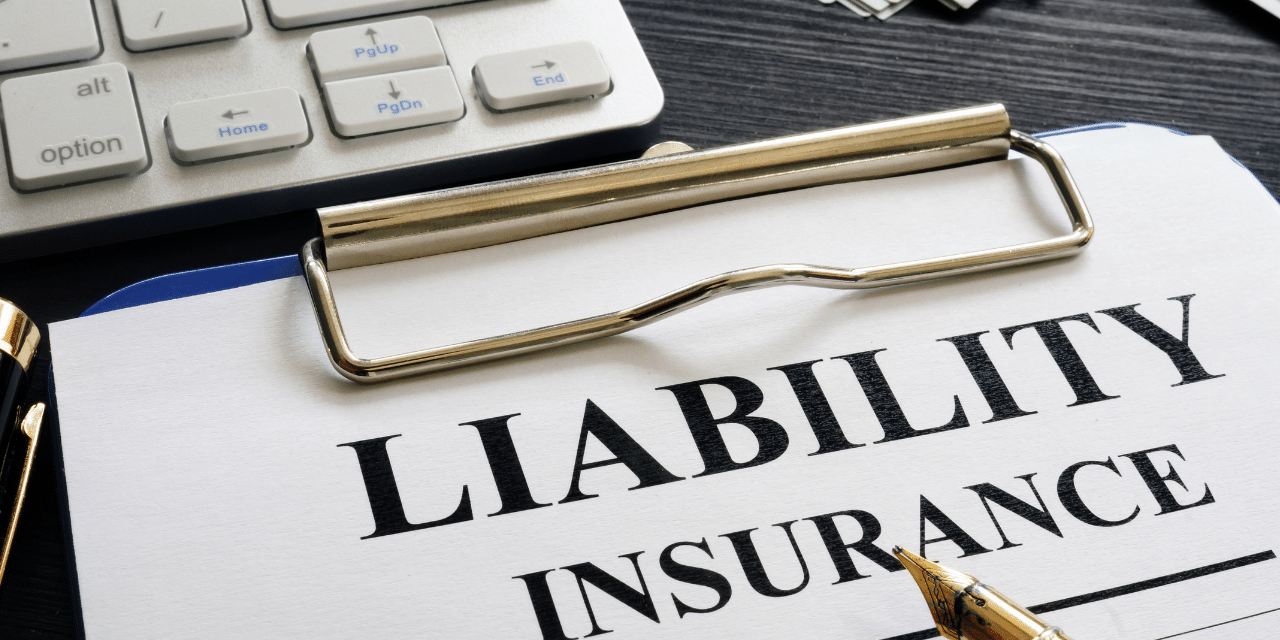
Several factors influence the cost of liability car insurance premiums, making it essential to understand these factors to potentially lower your costs.
Driving History
Your driving history, including accidents, traffic violations, and DUI convictions, significantly impacts your insurance premiums. A clean driving record typically translates to lower premiums, while a history of accidents or violations often leads to higher premiums.
Age, Liability car insurance
Younger drivers, particularly those under 25, generally pay higher premiums due to their higher risk of accidents. As drivers age and gain experience, their premiums tend to decrease.
Location
Your location can impact your insurance premiums. Areas with higher rates of accidents, traffic congestion, and crime often have higher insurance premiums.
Losing your job can be stressful, but you don’t have to lose your health insurance too. If you’re laid off, you may be eligible for COBRA insurance , which allows you to continue your employer-sponsored coverage for a limited time.
It’s a good option to consider while you’re searching for a new job.
Vehicle Type
The type of vehicle you drive also influences your insurance premiums. Expensive, high-performance vehicles, or those with a history of accidents, often have higher premiums.
Lowering Insurance Premiums
You can potentially lower your insurance premiums by:
- Maintaining a clean driving record
- Taking defensive driving courses
- Bundling your car insurance with other policies, such as homeowners or renters insurance
- Choosing a vehicle with safety features and a good safety rating
- Shopping around for quotes from different insurance companies
Choosing the Right Liability Coverage
Determining the appropriate level of liability coverage is crucial to ensure adequate financial protection in the event of an accident.
Guide for Determining Coverage
To determine the right level of liability coverage, consider the following factors:
- Your assets:The value of your assets, such as your home, savings, and investments, should be considered. Adequate coverage ensures these assets are protected in the event of a significant financial judgment.
- Your driving habits:If you frequently drive in high-traffic areas or have a history of accidents, you may need higher coverage limits.
- Your financial situation:Your ability to pay for damages out-of-pocket should be considered. If you have limited financial resources, higher coverage limits may be necessary.
- State requirements:Each state has minimum liability insurance requirements. You should ensure your coverage meets or exceeds these minimums.
Consulting with an Insurance Agent
It is highly recommended to consult with an experienced insurance agent to get personalized advice on your liability insurance needs. An agent can assess your specific circumstances and help you choose the appropriate level of coverage.
Benefits of Professional Guidance
Consulting with an insurance agent offers several benefits, including:
- Expert advice:Agents have extensive knowledge of insurance products and can guide you through the complex options available.
- Personalized recommendations:Agents can tailor their recommendations to your specific needs and circumstances.
- Negotiating power:Agents often have relationships with insurance companies and can negotiate favorable rates and coverage options on your behalf.
Liability Insurance and Legal Obligations
Liability car insurance is not just a financial safety net; it also fulfills legal obligations in many jurisdictions.
Legal Requirements
Most states and provinces have mandatory liability insurance requirements. These requirements specify the minimum coverage limits that drivers must carry to operate a vehicle legally. Failure to comply with these requirements can result in fines, suspension of driving privileges, or even imprisonment.
Consequences of Driving Without Coverage
Driving without adequate liability insurance can have severe consequences, including:
- Fines and penalties:You could face substantial fines and penalties for driving without the required insurance.
- Suspension of driving privileges:Your driver’s license could be suspended until you obtain the required insurance.
- Imprisonment:In some jurisdictions, driving without insurance can lead to imprisonment.
- Financial liability:You could be held personally liable for all damages caused in an accident, even if you are not at fault.
Legal Situations Involving Liability Insurance
Liability insurance plays a crucial role in various legal situations, including:
- Accident lawsuits:Liability insurance can be used to defend against lawsuits filed by injured parties or their insurance companies.
- Insurance claims:Liability insurance can be used to file claims against other drivers or insurance companies for damages caused by their negligence.
- Financial responsibility laws:Liability insurance helps drivers comply with financial responsibility laws, which require them to be financially responsible for damages caused in accidents.
Understanding Exclusions and Limitations
It’s important to be aware of the limitations and exclusions associated with liability car insurance to avoid surprises in the event of a claim.
Common Exclusions and Limitations
Liability insurance policies typically exclude coverage for:
- Intentional acts:Coverage is generally not provided for accidents caused by intentional acts, such as driving under the influence of alcohol or drugs.
- Uninsured or underinsured motorists:Coverage may be limited or excluded for accidents involving uninsured or underinsured motorists.
- Certain types of damage:Coverage may be limited or excluded for certain types of damage, such as damage to your own vehicle.
- Certain types of vehicles:Coverage may be limited or excluded for certain types of vehicles, such as motorcycles or commercial vehicles.
Situations Where Coverage Might Not Be Provided
Here are some situations where liability insurance might not provide coverage:
- Driving without a valid license:If you are driving without a valid driver’s license, your insurance company may not provide coverage for accidents.
- Using the vehicle for commercial purposes:If you are using your vehicle for commercial purposes, such as delivering goods or services, your personal liability insurance may not apply.
- Driving outside of the policy’s geographic limits:If you are driving outside of the geographic limits specified in your policy, your insurance company may not provide coverage for accidents.
Examples of Events or Circumstances That Could Be Excluded
Here are some examples of events or circumstances that could be excluded from liability insurance coverage:
- War or terrorism:Coverage is typically excluded for accidents caused by war or terrorism.
- Nuclear incidents:Coverage is typically excluded for accidents caused by nuclear incidents.
- Acts of God:Coverage may be limited or excluded for accidents caused by natural disasters, such as earthquakes, floods, or hurricanes.
Liability Insurance and Accidents
Liability insurance plays a crucial role in handling accidents and ensuring financial protection for all parties involved.
Losing your job can be stressful, but it doesn’t have to mean losing your health insurance. You might be eligible for COBRA insurance , which allows you to continue your coverage for a limited time.
How Liability Insurance Is Used in Accidents
In the event of an accident, liability insurance is used to:
- Cover damages:Liability insurance covers the costs of repairing or replacing damaged property and paying for medical expenses for injured parties.
- Provide legal representation:Liability insurance can provide legal representation for policyholders who are involved in accidents and facing lawsuits.
- Negotiate settlements:Liability insurance companies negotiate settlements with injured parties or their insurance companies to resolve claims.
Filing a Claim
If you are involved in an accident and need to file a claim, follow these steps:
- Report the accident:Contact your insurance company immediately after the accident to report the incident.
- Gather information:Collect information from the other parties involved, including their names, addresses, insurance information, and contact details.
- File a claim:Your insurance company will guide you through the claims process, which involves providing details about the accident and the damages.
Role of the Insurance Company
Your insurance company plays a crucial role in handling accidents and claims. They investigate the incident, assess liability, negotiate settlements, and make payments to the injured parties.
Real-Life Scenarios
Here are some real-life scenarios involving liability insurance claims:
- Car accident with injuries:A driver rear-ends another vehicle, causing injuries to the driver and passengers. The at-fault driver’s liability insurance covers the medical expenses, lost wages, and pain and suffering for the injured parties.
- Hit-and-run accident:A driver hits a parked car and leaves the scene without reporting the accident. The owner of the damaged car files a claim with their insurance company, which then files a claim against the at-fault driver’s liability insurance.
- Property damage accident:A driver loses control of their vehicle and crashes into a fence, causing significant damage. The driver’s property damage liability insurance covers the cost of repairing or replacing the fence.
Closing Notes
Liability car insurance is a vital part of responsible driving. By understanding its purpose, types, and how it works, you can ensure you have the protection you need in case of an accident. Remember to review your coverage regularly, consult with an insurance agent, and prioritize having enough liability insurance to safeguard yourself financially.



